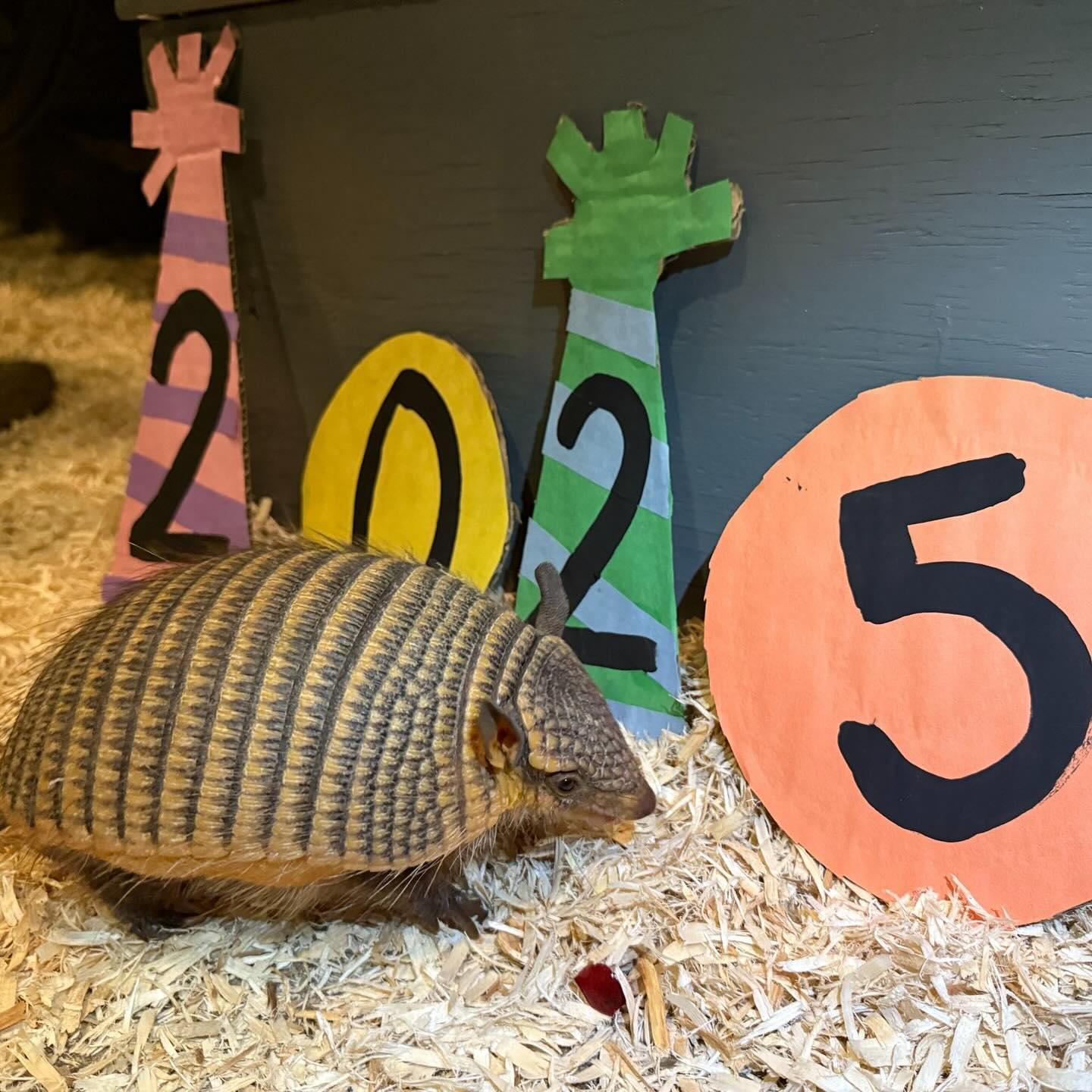- Explore the unique features and behaviors of nocturnal species housed at the Audubon Zoo’s Nocturnal House.
- Discuss the role of zookeepers like Kristyn in ensuring the well-being and enrichment of zoo animals.
- Emphasize the significance of conservation efforts associated with nocturnal wildlife.
- Highlight the importance of public engagement in promoting biodiversity and conservation awareness.
- Examine the scientific and educational value of zoos in fostering an understanding of wildlife.
Audubon Zoo is home to a mesmerizing array of creatures, particularly those residing in its Nocturnal House. These nocturnal species possess captivating adaptations that facilitate their survival and functionality in night-centric environments. Each species has adapted unique mechanisms for thriving in darkness, ranging from specialized eyesight to enhanced olfactory or auditory senses. This article takes you through an enlightening journey into the world of these remarkable inhabitants and underscores the pivotal role humans play—especially zookeepers like Kristyn—in maintaining a symbiotic relationship between wildlife and humans.
The nocturnal species in Audubon Zoo’s Nocturnal House highlight remarkable evolutionary traits, shaped by the need to thrive in dimly lit habitats. For instance, many of these animals possess adaptations such as heightened senses of hearing, smell, or vision. These adaptations compensate for reduced visibility and facilitate their nocturnal lifestyle. Creatures like the slow loris have developed specialized muscular adaptations in their limbs, granting them impressive grip strength—critical for navigating the arboreal landscapes of their native environments at night. Bats, another nocturnal marvel, utilize echolocation, bouncing sound waves off their surroundings to hunt and navigate in pitch darkness. Owl species have frontally placed eyes adapted for binocular vision, enabling precise depth perception while hunting. Such biological insights foster admiration and respect towards the intricacies of wildlife evolution and promote an appreciation for the importance of biodiversity.
At the heart of these animals’ well-being are dedicated zookeepers, who diligently attend to the welfare, enrichment, and longevity of these zoo inhabitants. Kristyn, like many of her peers, plays a crucial role in daily care. Her responsibilities involve feeding, cleaning habitats, monitoring health, and crafting enrichment activities designed to simulate natural scenarios. The enrichment provided by zookeepers is pivotal—it stimulates animals both mentally and physically, encouraging natural behaviors. These activities range from hiding food to trigger hunting instincts to providing novel objects for exploration. Such endeavors contribute significantly to the animals’ psychological health and reflect the commitment of zookeepers to mimic the natural environments of these creatures as closely as possible.
Conservation remains a core undercurrent in the endeavors of Audubon Zoo. Nocturnal species, in particular, often face threats due to habitat destruction, climate change, and human wildlife conflicts. Zoos play a significant part in conservation strategies, serving as genetic reservoirs for endangered species and educating the public about ecological protection. The work done by the Audubon Zoo champions rescue, rehabilitation, and ultimately, the reintroduction of animals into their natural habitats wherever feasible. For example, involvement in breeding programs for threatened species can help stabilize diminished populations. Through these concerted efforts, zoos can contain biodiversity loss and ensure the survival of vulnerable species for future generations.
Public engagement is a cornerstone of conservation efforts, increasingly important as human activities intensify environmental impacts. By providing a window into the lives of nocturnal species, Audubon Zoo invites visitors to connect deeply with species they might never encounter otherwise. Such experiences nurture empathy and an understanding of the interconnectedness of ecosystems. Educational programs, interactive exhibits, and guided tours open avenues for visitors to learn about the implications of their actions on wildlife. This engagement can inspire individuals to contribute to conservation initiatives, either by modifying consumption habits or supporting local and global conservation efforts.
Finally, the educational value of zoos like Audubon Zoo cannot be overstated. They serve as living classrooms, bridging the gap between academic learning and genuine wildlife interaction. These establishments offer vital lessons on biodiversity, species adaptation, and ecosystem dynamics, accessible to a wide audience, from schoolchildren to seasoned enthusiasts. By observing nocturnal animals and learning about their ecological roles, visitors gain insights that books and documentaries alone cannot provide. Zoos also provide crucial training environments for the next generation of conservationists, researchers, and zookeepers, equipping them with hands-on experience in the intricacies of animal care, behavior study, and conservation biology.
The Audubon Zoo’s Nocturnal House, along with the dedication of keepers like Kristyn, exemplifies not only the diverse wonders of the animal kingdom but also the significant strides being made in wildlife conservation and public education. With each visit, there’s an opportunity to learn and engage with nature, fostering a deeper understanding and respect for our planet’s rich biodiversity. Through ongoing support and education, zoos continue to be a beacon of hope in safeguarding the natural world and ensuring that the beauty and diversity of life are preserved for generations to come.
*****
Source Description
Some 2025 cuteness we could all use right now, courtesy of Audubon Zoo’s Nocturnal House residents and keeper Krisytn.


